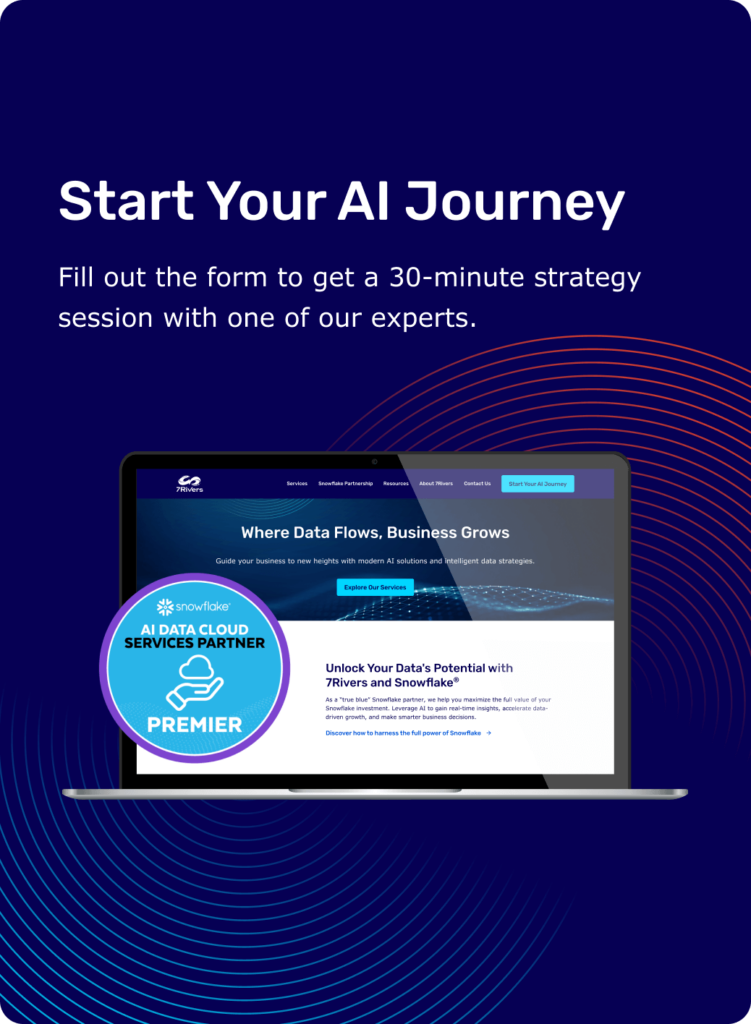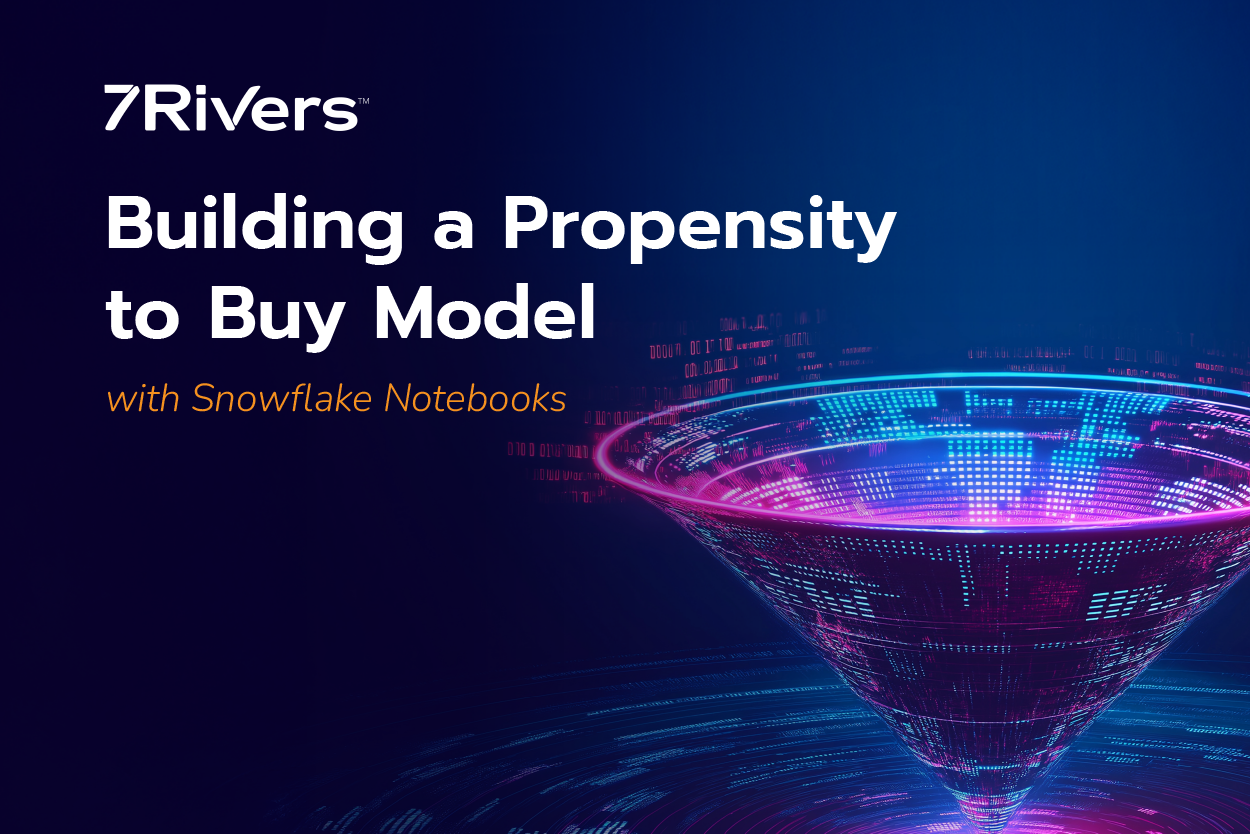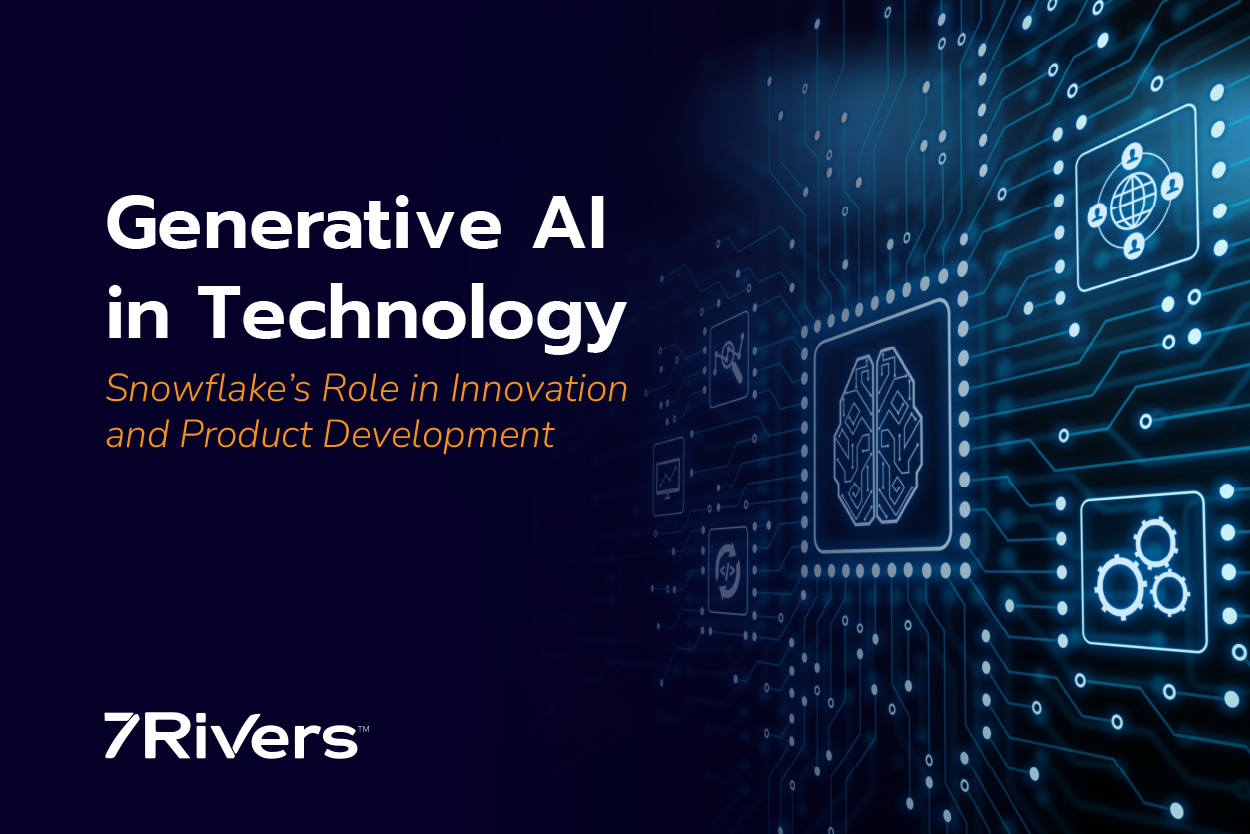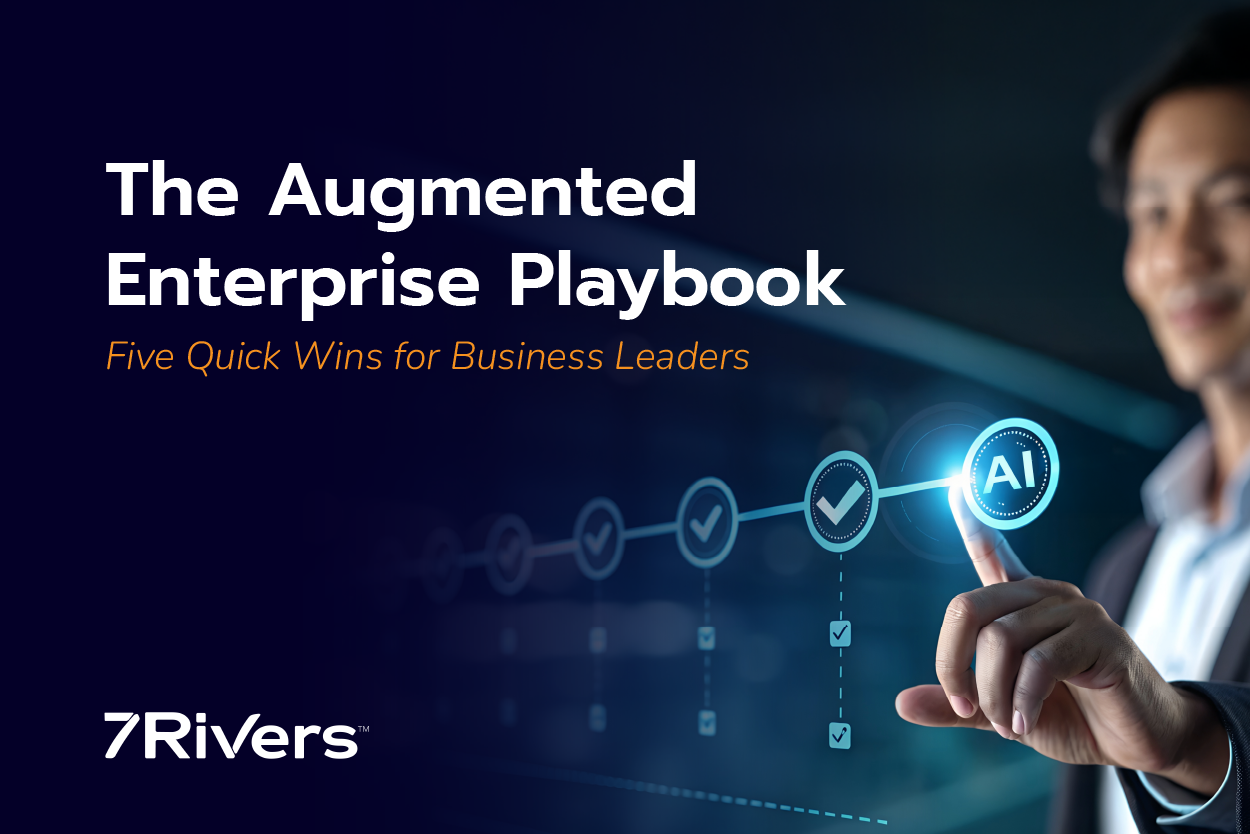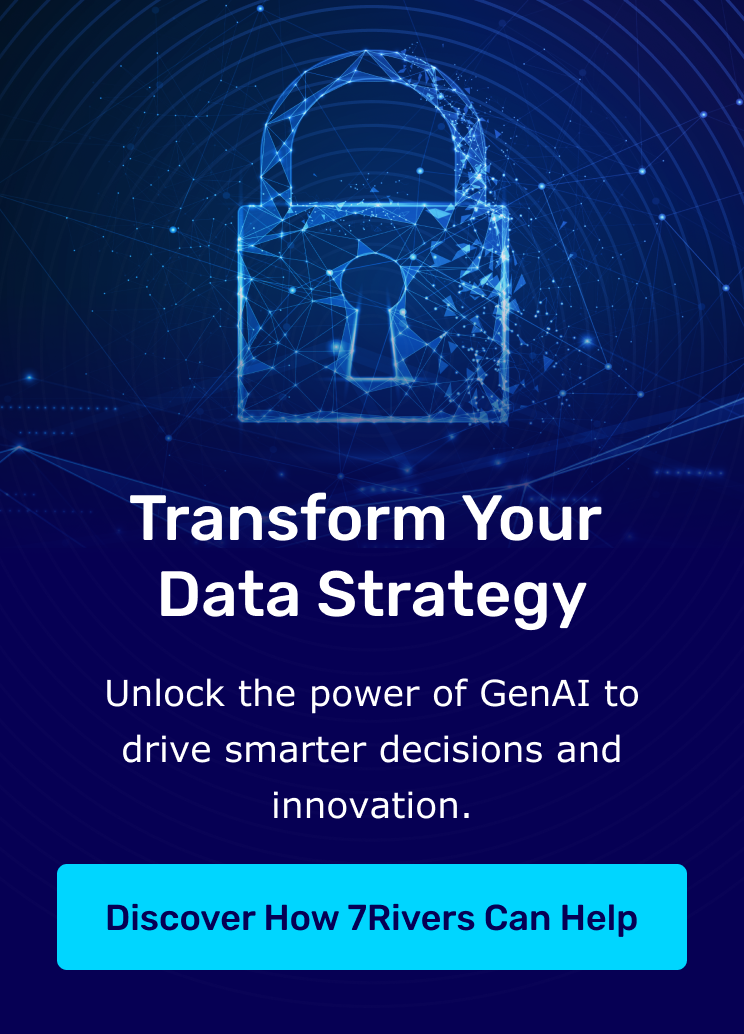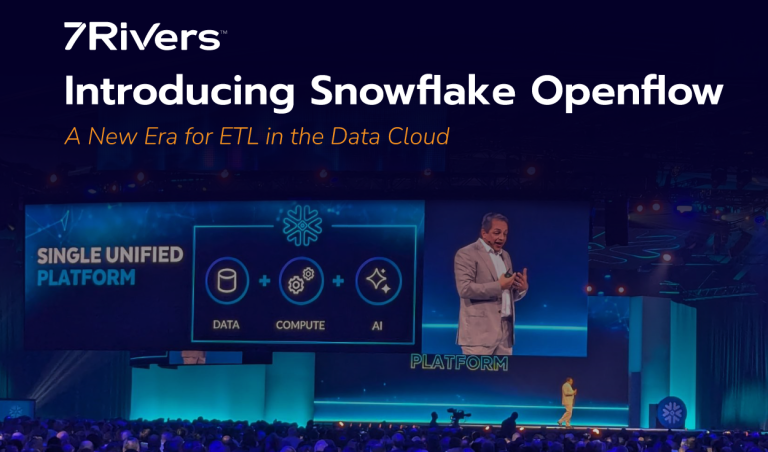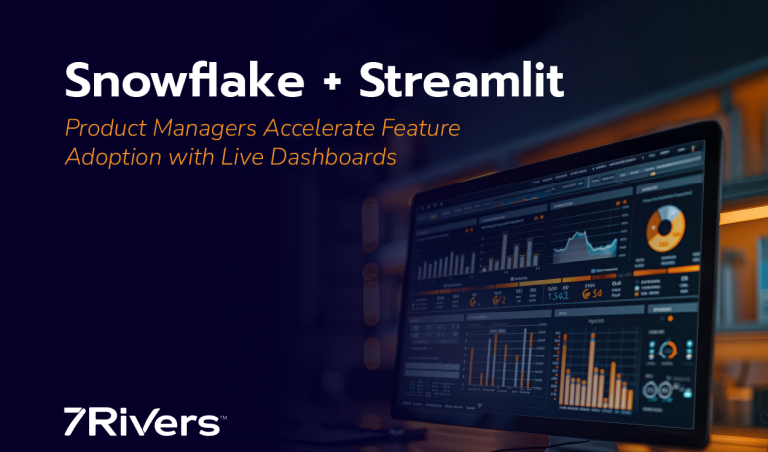In the dynamic landscape of the insurance industry, data serves as the bedrock for informed decision-making. However, many insurers continue to rely on outdated systems that impede efficiency, compliance, and customer satisfaction. For insurance business leaders aiming to stay competitive, embracing data modernization is not just beneficial—it’s necessary.
The Need for Data Modernization in Insurance
The insurance sector faces several challenges that underscore the need for modernized data systems:
1. Managing Complex Data
Insurers handle vast amounts of data daily, from policy details and claims information to customer interactions and external data sources. Traditional legacy systems often struggle with this data volume, leading to silos and inefficiencies. Modern data architectures facilitate seamless integration and real-time analytics, providing a comprehensive view of operations and enabling more accurate risk assessments.
2. Navigating Evolving Regulations
The regulatory environment for insurance is continually evolving, with stringent compliance requirements such as the General Data Protection Regulation (GDPR) and the California Consumer Privacy Act (CCPA). Modern data platforms equipped with advanced governance frameworks ensure that data management practices remain compliant, mitigating the risk of legal repercussions and financial penalties.
3. Preventing Fraud
Insurance fraud poses a significant threat to the industry’s financial health. According to the Coalition Against Insurance Fraud, insurance fraud costs the U.S. approximately $308.6 billion annually.¹ Implementing advanced data analytics and machine learning algorithms enhances the detection of fraudulent activities by identifying anomalies and patterns indicative of fraud, thereby safeguarding company assets.
4. Meeting Customer Expectations
Today’s customers demand personalized and efficient services. A study by McKinsey & Company found that more than 30% of insurance customers are not satisfied with the digital channels available, highlighting the need for improved digital interactions.² Data modernization facilitates the delivery of tailored products and services by analyzing customer data to understand preferences and behaviors, thereby improving customer satisfaction and loyalty.
Actionable Steps Toward Data Modernization
To overcome these challenges, insurance industry leaders can take the following strategic actions, which align with 7Rivers’ Data Native™ Model.
1. Transition to Cloud-Based Data Architectures
Migrating from legacy systems to cloud-based platforms enhances data accessibility and scalability. Cloud solutions offer real-time data processing capabilities, enabling insurers to respond swiftly to market changes and customer needs.
2. Leverage AI and Advanced Analytics
Implementing AI-driven analytics allows for predictive modeling in risk assessment and fraud detection. Machine learning algorithms can analyze vast datasets to identify patterns and anomalies that may not be evident through traditional analysis.
3. Automate Compliance Processes
Modern data platforms can automate compliance reporting and monitoring, ensuring adherence to evolving regulations. This reduces the administrative burden on staff and minimizes the risk of non-compliance.
4. Enhance Customer Engagement Through Data Insights
Utilizing data analytics to gain insights into customer behavior enables insurers to offer personalized products and services. This customer-centric approach can lead to increased satisfaction and retention.
Ready to Modernize Your Insurance Data Strategy?
Data modernization is a critical strategy for insurers aiming to improve decision-making, ensure compliance, prevent fraud, and meet customer expectations. By adopting modern data architectures and leveraging advanced analytics, insurance companies can transform challenges into opportunities for growth and efficiency.
7Rivers specializes in guiding insurers through this transformation. With expertise in data strategy, AI enablement, and cloud-based modernization, we help insurance companies unlock the full potential of their data while ensuring security and regulatory compliance.
Contact 7Rivers today to explore how our Data Native™ Model can transform your business.
Sources:
- Coalition Against Insurance Fraud. “Fraud Statistics & Facts.” Insurance Information Institute. https://www.iii.org/fact-statistic/facts-and-statistics-insurance-fraud
2. “Elevating customer experience: A win–win for insurers and customers.” McKinsey & Company. https://www.mckinsey.com/industries/financial-services/our-insights/insurance/elevating-customer-experience-a-win-win-for-insurers-and-customers
